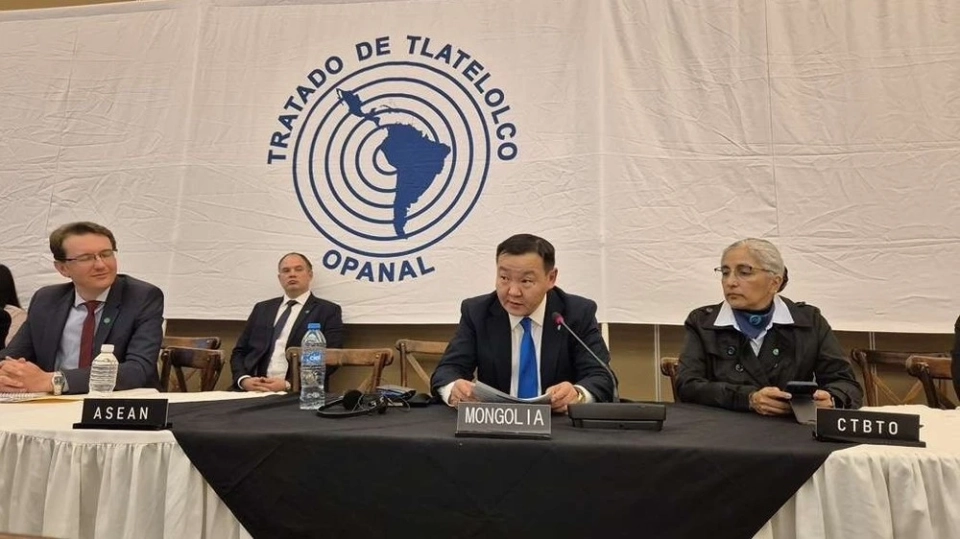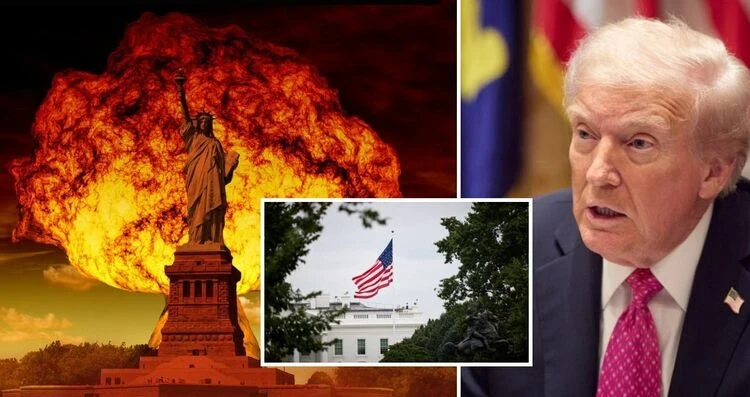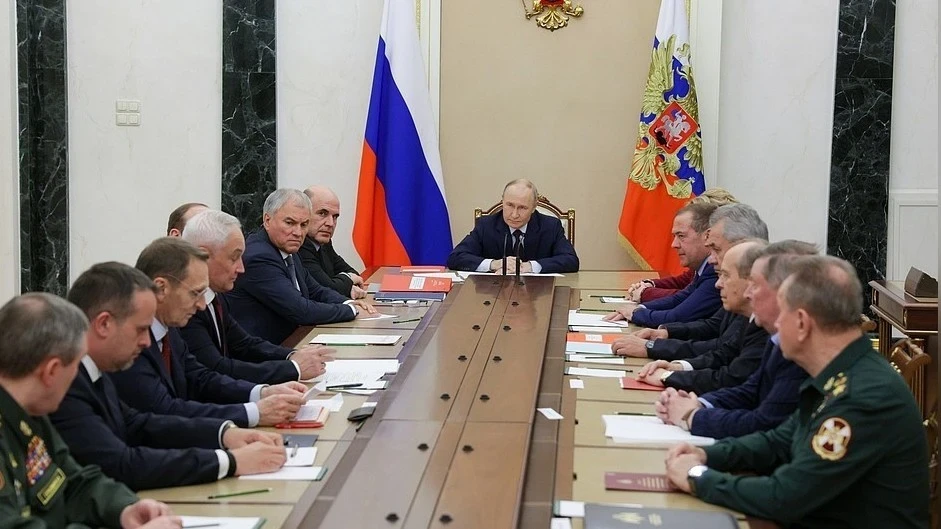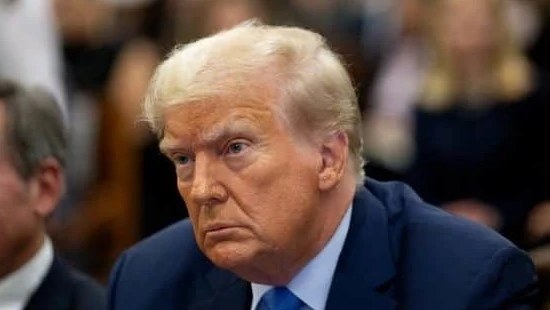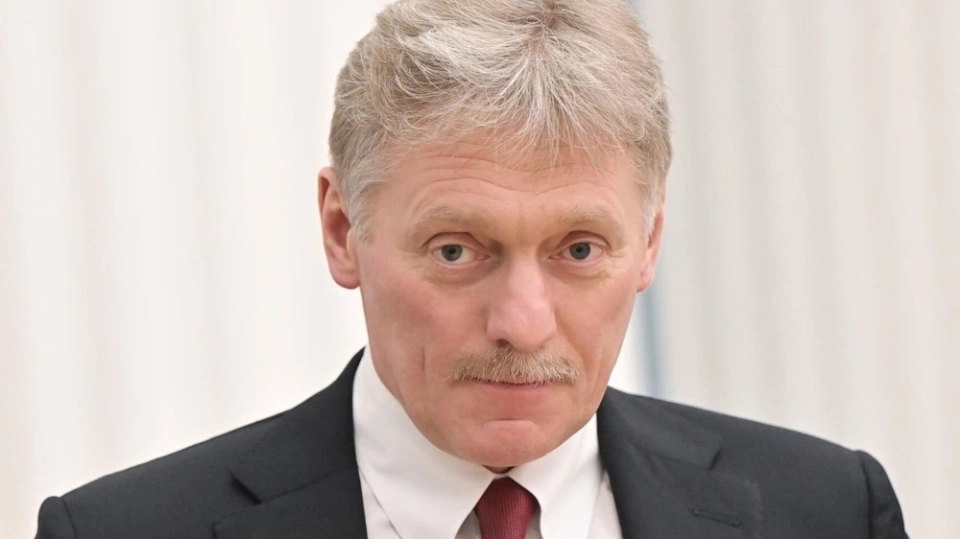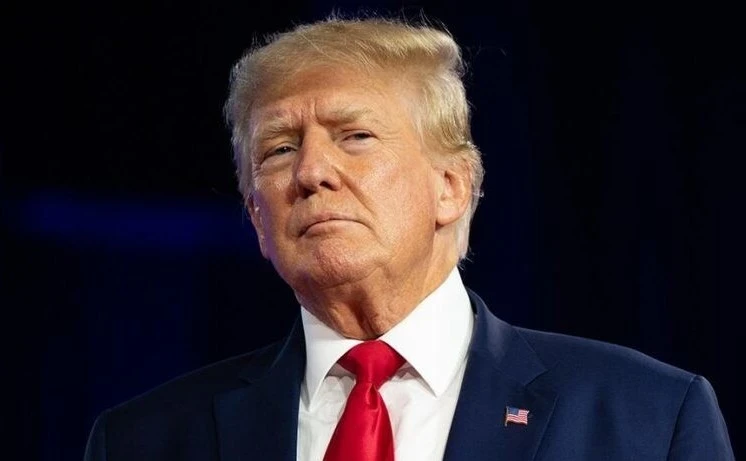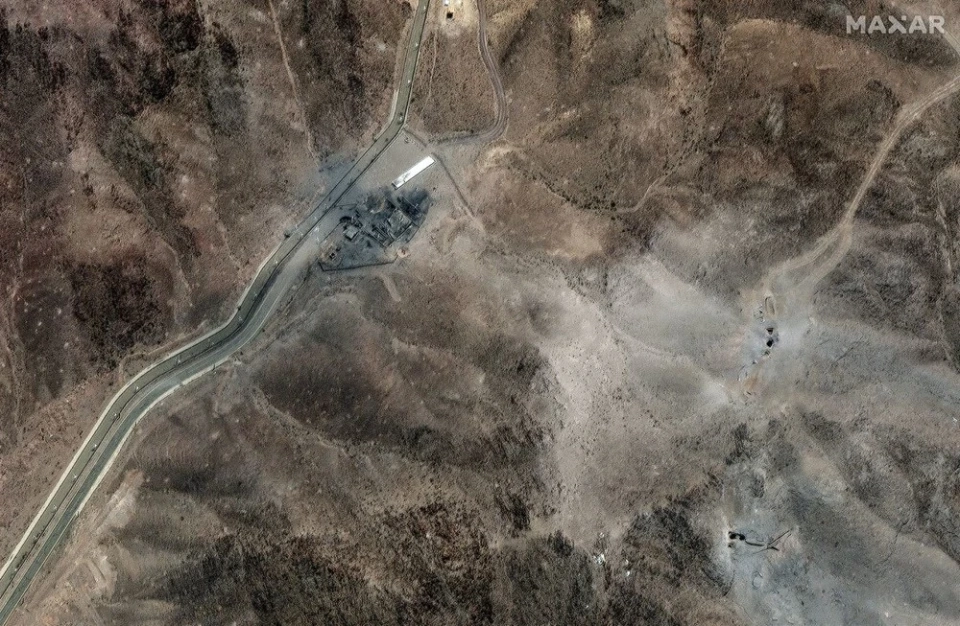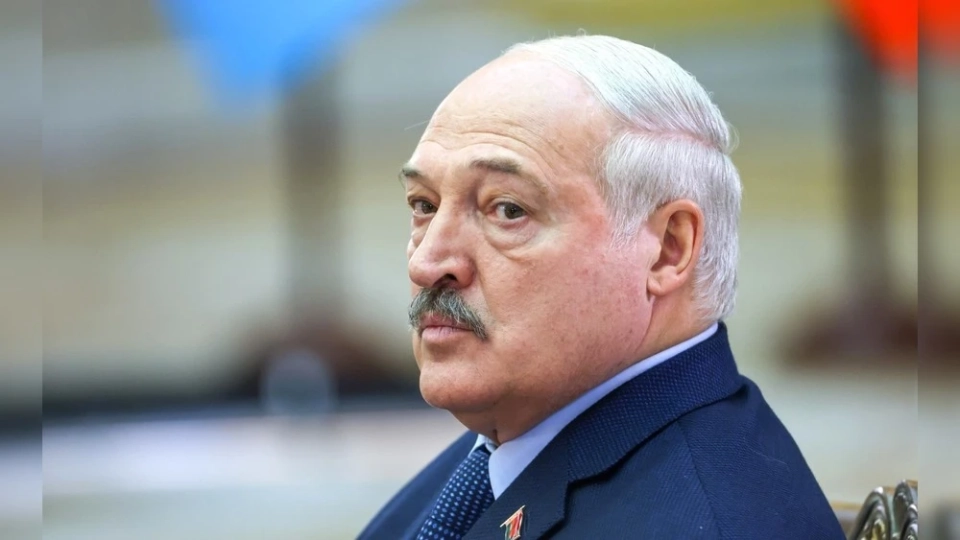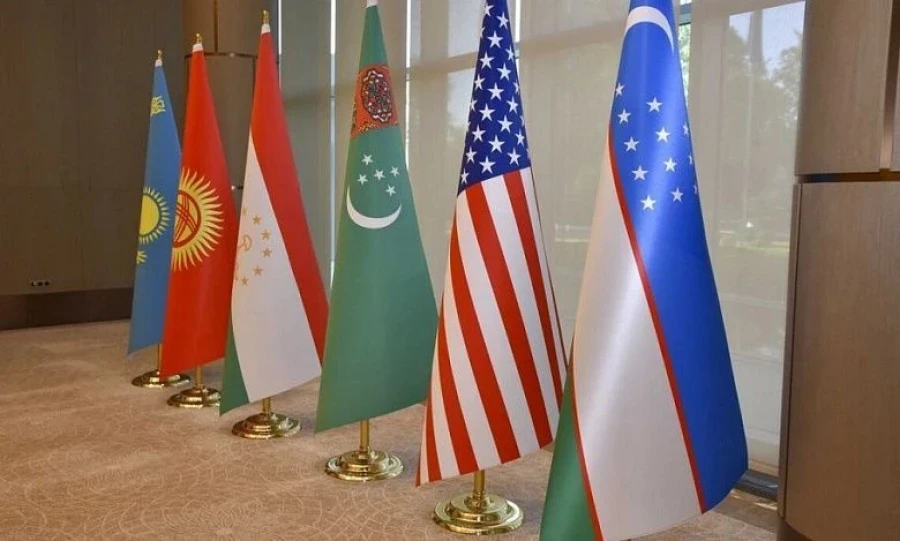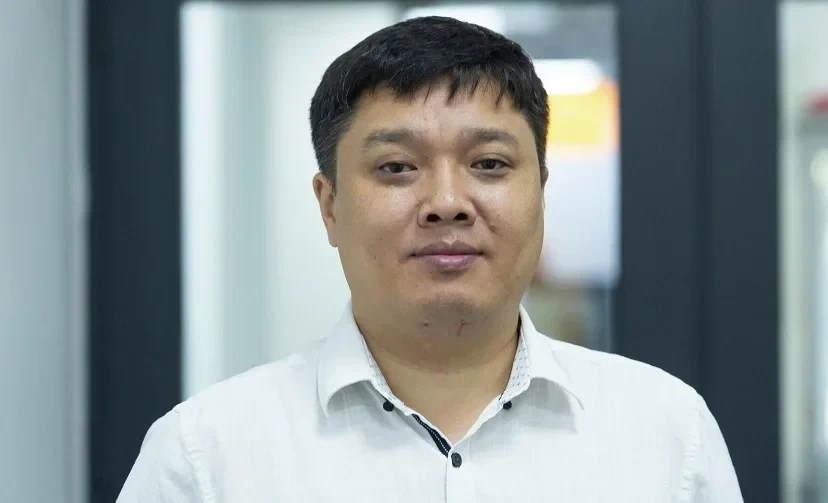In her opinion, the global arms control architecture, which has been developed over many years, is on the verge of collapse. "The situation is very complex. Progress in multilateral efforts has stalled due to a crisis of trust in a number of international institutions," she noted.
Currently, only agreements between the US and Russia on limiting strategic nuclear weapons are in effect, but the term of the New START agreement expires in February 2026, and there are no prospects for a new agreement.
"If no steps are taken, nuclear powers will not be able to demonstrate progress in fulfilling Article 6 of the Treaty on the Non-Proliferation of Nuclear Weapons (NPT), which obliges them to undertake measures to end the nuclear arms race and pursue disarmament," she stressed, adding that this creates a tense backdrop for the upcoming NPT Review Conference scheduled for April and May 2026 in New York.
The Treaty on the Non-Proliferation of Nuclear Weapons, opened for signature in 1968 and entered into force in 1970, is the only multilateral disarmament commitment for nuclear-armed states. In 1995, its validity was extended indefinitely, and it has been joined by 191 states, including five nuclear powers. A review of the NPT is conducted every five years.
We are in an era of serious distrust among the main players, and the situation may be worse than during the Cold War.Speaking about the time of the NPT's adoption, Mukhatjanova noted that at that time, the US and the USSR understood the need for joint efforts to prevent the proliferation of nuclear weapons, whereas such awareness is not observed today. This complicates the work, as if key participants cannot engage in direct negotiations and do not have common positions on arms control issues, it may lead to a lack of consensus at the next Review Conference.
In her opinion, the participating countries should identify areas where broad consensus can be achieved and prepare a document that may not contain many details but will reaffirm commitment to the core goals of the NPT—preventing the use of nuclear weapons, preventing their proliferation, and moving towards disarmament.
In the context of statements from the US about the possible resumption of nuclear testing, Mukhatjanova noted that the international community's reaction will depend on the specific details.
If it concerns hydronuclear tests or flight tests, it will still create tension in the context of the NPT and the Comprehensive Nuclear-Test-Ban Treaty (CTBT). "Previously, the United States argued that hydronuclear tests contradict the CTBT, and now they are considering conducting them, citing actions by Russia and China. This raises questions about whether they have changed their interpretation of the CTBT and whether they plan to withdraw from the treaty," she emphasized, adding that such statements undermine previous commitments and create additional uncertainty.
Also, if a return to full-scale explosive testing is possible, "it would be a radical and extremely negative change that would open the door for other countries," Mukhatjanova added.
She also noted that advancements in technologies such as hypersonic systems, autonomous platforms, and artificial intelligence could significantly alter strategic stability.
"Hypersonic missiles have speed and maneuverability, allowing them to bypass missile defense systems and complicate their detection," the expert explained.
According to her, the development of such technologies pushes other countries to enhance their own capabilities, creating "a new stage in the nuclear arms race."
The intense integration of artificial intelligence into early warning and decision-making systems raises particular concerns."There is a fear that too much will be left to the discretion of machines, which could lead to unintended escalation due to misinterpretation of data," she noted.
Mukhatjanova also recalled a previously presented resolution to the First Committee of the General Assembly, which calls for ensuring "meaningful human control" over all technologies related to nuclear systems.
The full interview is available at the link.
Photo on the main page: UN / E. Schneider.

